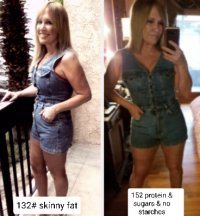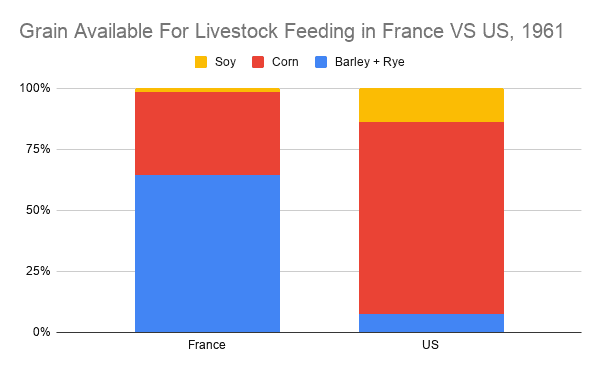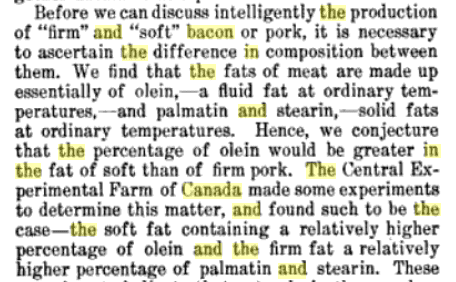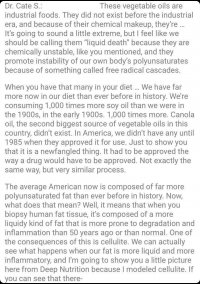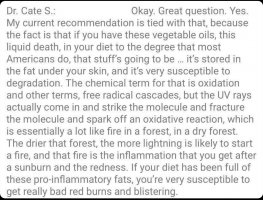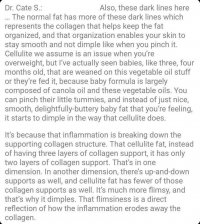So I have been doing I would say a peat inspired
diet for about a month now and have gained about 30 pounds. And probably it is half muscle and half fat and water. I would say I averaged 20-30 pounds overweight most of my life prior to the keto and carnivore diet I was on.
About 2 years ago I got pretty thin doing keto and intermittent fasting and probably was down to 10 percent body fat ,but also lost a lot of muscle. but my keto diet mostly consisted of kale with salad dressing filled with PUFAs and some meat and as soon as I would get off I would add 10 pound and killed my metabolism slowly but I did not realize at the time and looking back I just thought the loss of energy was just getting older.
so last year I did the carnivore diet for about a year eating and eat almost exclusively steak and beef and averaged about 2 pounds a day and a lot of fat, but had some periods eating regular food but making an effort to keep PUFAs out.
so starting the peat diet I am eating a ton of carbs/ aiming for sucrose /fructose that I haven’t really eaten in years, but I have gained weight but also put on a lot muscle and feeling great and my strength and energy are through roof compared to where I was a couple a months ago.
so my question is the fat I put on is firm fat. Before my fat was always kind of soft jiggly prior to keto /carnivore .And just to be clear this is fat over the muscle.
but I heard pigs feed grains have high amounts of pufa and their fat was soft /jiggly , but a wild pig or a pig in captivity feed a proper diet their fat was firm and consisted of saturated fat.
so does this apply to humans too? Is this why my fat is firm or is it some else? Extra water?
anybody else experience this ?
diet for about a month now and have gained about 30 pounds. And probably it is half muscle and half fat and water. I would say I averaged 20-30 pounds overweight most of my life prior to the keto and carnivore diet I was on.
About 2 years ago I got pretty thin doing keto and intermittent fasting and probably was down to 10 percent body fat ,but also lost a lot of muscle. but my keto diet mostly consisted of kale with salad dressing filled with PUFAs and some meat and as soon as I would get off I would add 10 pound and killed my metabolism slowly but I did not realize at the time and looking back I just thought the loss of energy was just getting older.
so last year I did the carnivore diet for about a year eating and eat almost exclusively steak and beef and averaged about 2 pounds a day and a lot of fat, but had some periods eating regular food but making an effort to keep PUFAs out.
so starting the peat diet I am eating a ton of carbs/ aiming for sucrose /fructose that I haven’t really eaten in years, but I have gained weight but also put on a lot muscle and feeling great and my strength and energy are through roof compared to where I was a couple a months ago.
so my question is the fat I put on is firm fat. Before my fat was always kind of soft jiggly prior to keto /carnivore .And just to be clear this is fat over the muscle.
but I heard pigs feed grains have high amounts of pufa and their fat was soft /jiggly , but a wild pig or a pig in captivity feed a proper diet their fat was firm and consisted of saturated fat.
so does this apply to humans too? Is this why my fat is firm or is it some else? Extra water?
anybody else experience this ?

